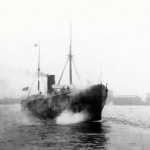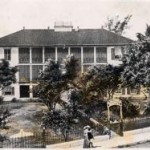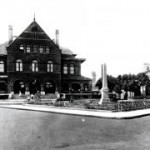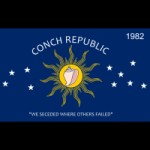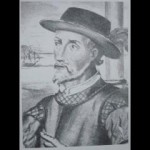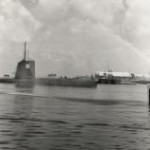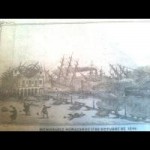Come experience 120 Historic Markers in the Largest Historic District of Frame Buildings in the United States. See photos and listen to the history and stories these buildings have to tell. Take a self-guided tour and discover a little piece of paradise.
Check Out Our YouTube Videos
Yellow Fever
This green, picket-lined field is a military cemetery. Many of the grave sites hold the remains of Civil War soldiers who died from yellow fever. More soldiers were struck down in the South by disease than by armed skirmishes. Yellow fever was greatly feared and misunderstood throughout the 1800s. Ships, cities and homes were quarantined to stop the disease. A Key West doctor, Joseph Yates Porter’s use of quarantines was an important step to finding a cure for the disease in the early 1900s.
Mallory Steam Line
Charles Henry Mallory formed the Mallory Ship Line in the 1860s. The Mallory Line operated passenger and freight shipping from New York City, through Key West, to Galveston, Texas. The ship line operated seventy ships for their numerous coastal routes. The expansion of the railroad signaled the demise of steamship travel to Key West. That coupled with the advent of automotive travel in the 1920-30s sealed the fate of the Mallory Line. Coastal water shipping declined and Mallory closed in 1941.
Marine Hospital
At the request of U.S. Navy Commodore David Porter, construction began for a Marine Hospital in Key West in late 1844. The new hospital was completed in less than a year and opened on August 2, 1845. The hospital was equipped with sixty beds. For ninety years the hospital served both civilian and military personnel during the Civil War, Spanish American War, both World Wars, and the yellow fever and influenza epidemics. It closed as a hospital January 1, 1943.
Sponging Docks
The first shipment of sponges left Key West and arrived in New York in 1849 starting an island industry that lasted 50 years. Sponges grow in sponge beds in 20 feet of water. They are harvested using a pole with a pronged rake on the end to snare the sponges. By 1890, Key West held a monopoly on the sponge trade in the United States. At its peak, 1,200 spongers on 350 “hook boats†caught 2,000 tons of sponges a year.
The Outer Mole
The origins of the Mole Pier date back to several years before the Civil War. It was a wooden dock for Fort Taylor. With plans to expand the Naval Station into a submarine base following World War I, engineers redesigned and extended the pier as a concrete breakwater for the harbor. The Navy retained ownership of the pier after the sale of the Naval Station in 1986. It is currently used by the Navy, Coast Guard, NOAA, and cruise ships.
Clinton Square
This monument represents two perspectives on how the Civil War affected the residents of Key West. The obelisk in the center of the memorial plot was erected by the Navy Club of Key West for the Union soldiers who lost their lives in Key West during the Civil War. The metal fence surrounding the obelisk was erected by R.Vining Harris, a staunch Confederate and the father of the builder of the Southernmost House, to memorialize the loss of Confederate soldiers.
The Conch Republic
On April 23, 1982, the CONCH REPUBLIC declared secession of the Florida Keys from the United States. The short lived “war†was in response to a border patrol check point in Florida City subjecting all vehicles to searches for illegal immigrants. After announcing the “Proclamation of War†federal agents in attendance were attacked with stale loafs of Cuban bread followed by an immediate surrender of the Republic. The road block was removed but the secession and foreign aid demands have never been recognized.
Ponce de Leon
In 1513, one of the most famous Spanish explorers discovered and named Florida for the Spanish Empire. He initially believed that the land mass was a large island. His discovery of the Gulf Stream would change maritime travel for centuries to come. En route to the Gulf Coast of Florida he traversed the Florida Keys and discovered the Dry Tortugas. “Tortugas†is Spanish for turtle and “Dry†refers to the lack of fresh water on the islands.
Submarine Base
Following World War I, the Naval Station transformed the waters inside of the Outer Mole Pier into a submarine training base. Five metal “finger†docks were built to service submarines. During World War II, German U-boats sank 49 ships off the coast of Florida. The primary role of submarines stationed here during World War II was the destruction of enemy ships and protection of Allied supply convoys in the Atlantic. The base was decommissioned in 1974 as nuclear submarines replaced diesel powered ones.
1846 Havana Hurricane
On October 11, 1846, the worst hurricane in local memory struck. The storm surge flooded the streets with up to eight feet of water accompanied by Category 4 winds. The light house and all but six of the city’s six hundred buildings were damaged, destroyed or floated out to sea. Sixty people drowned and many of the survivors escaped by clinging to bushes and trees on high ground at Solaris Hill. In less than a decade following the hurricane Key West’s population increased 300%.

